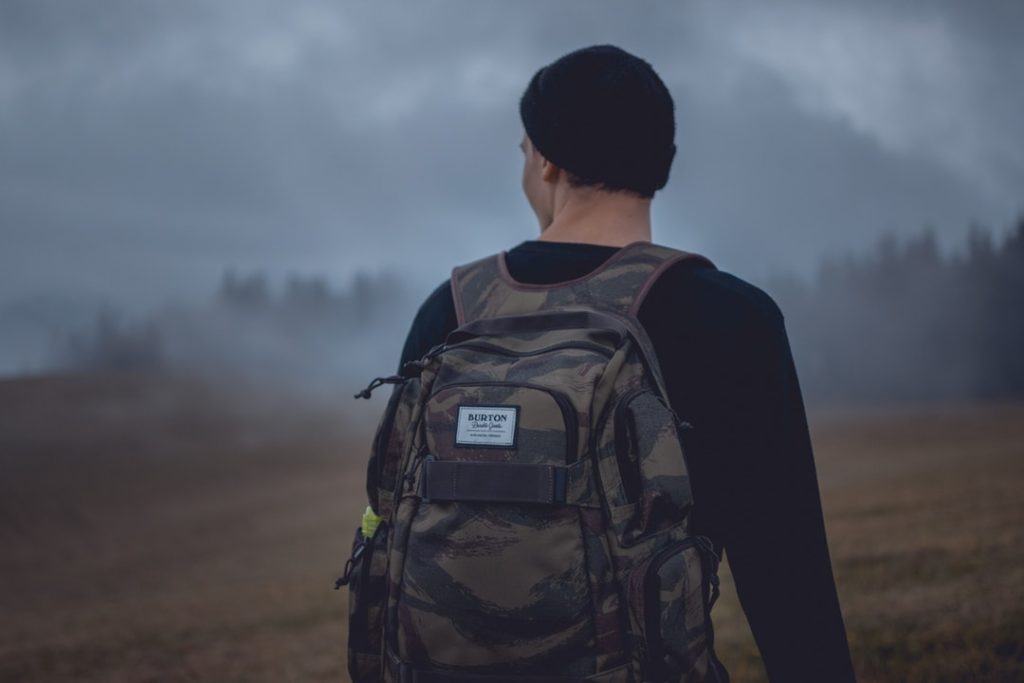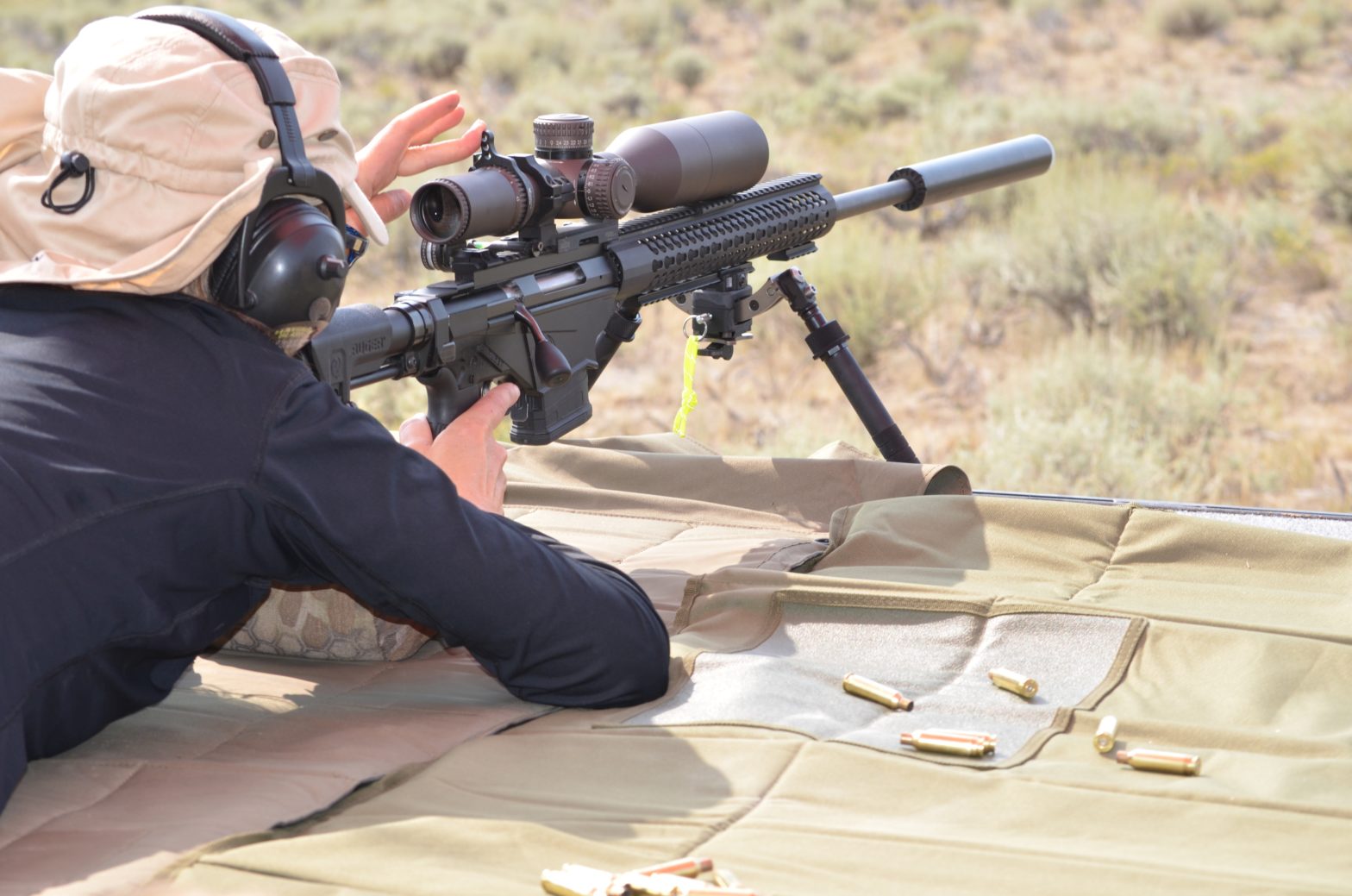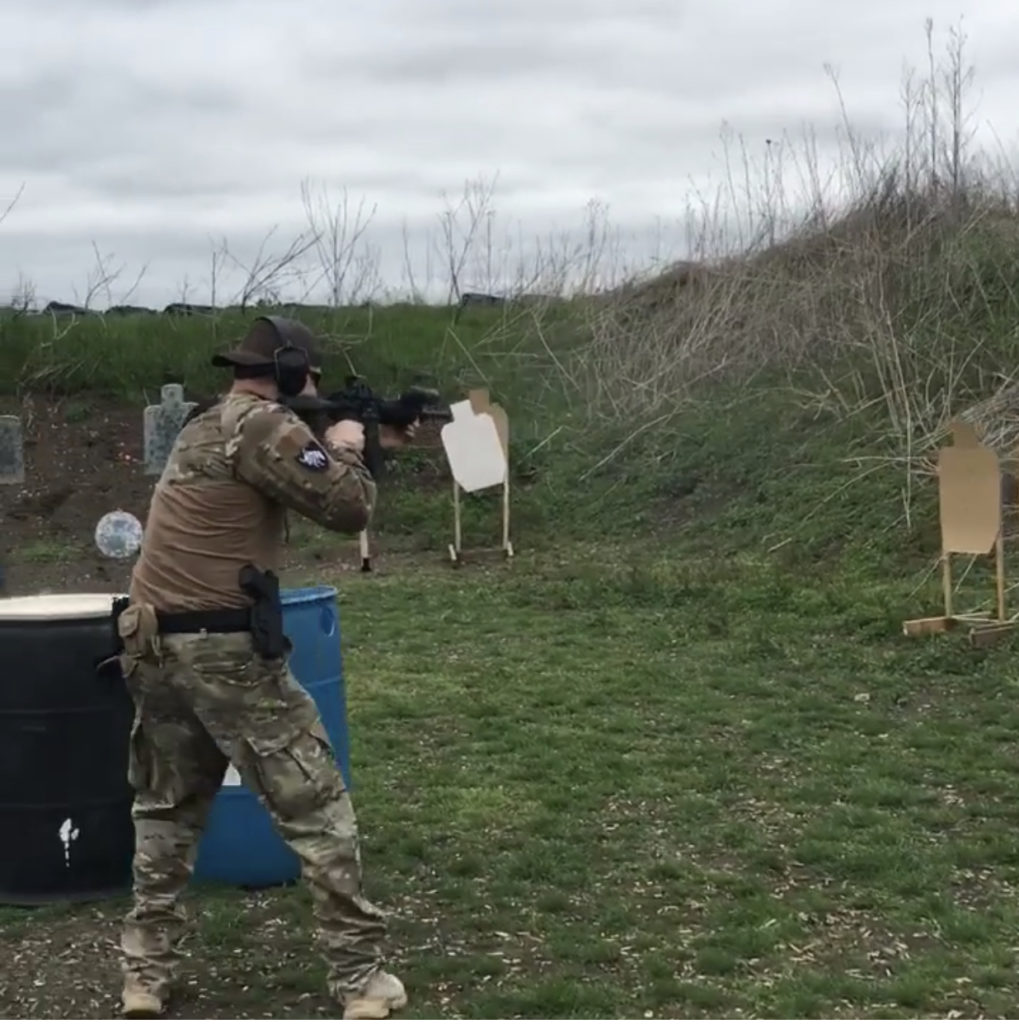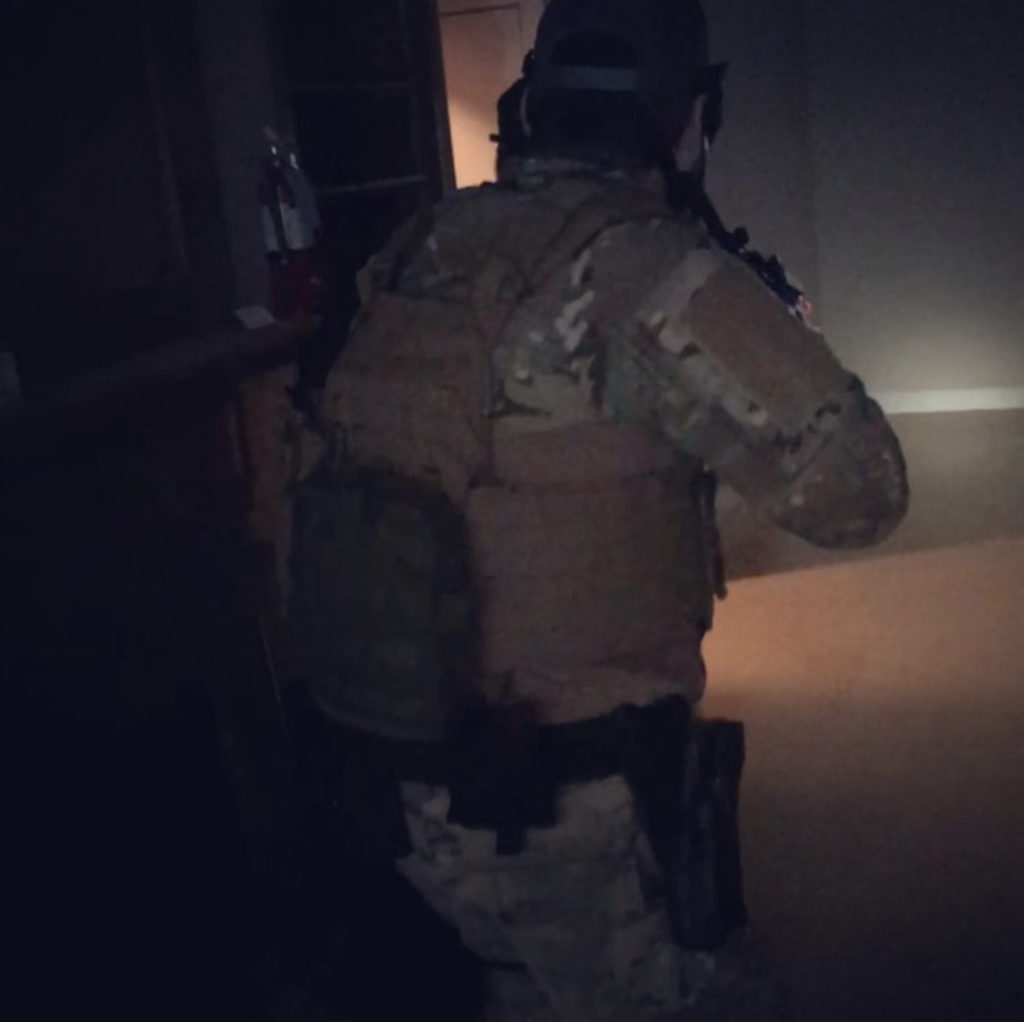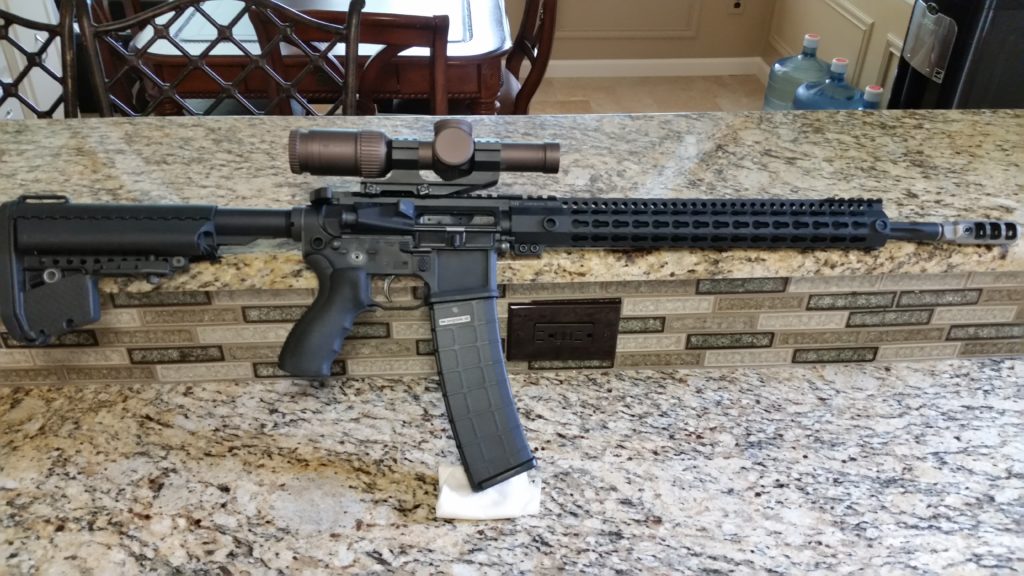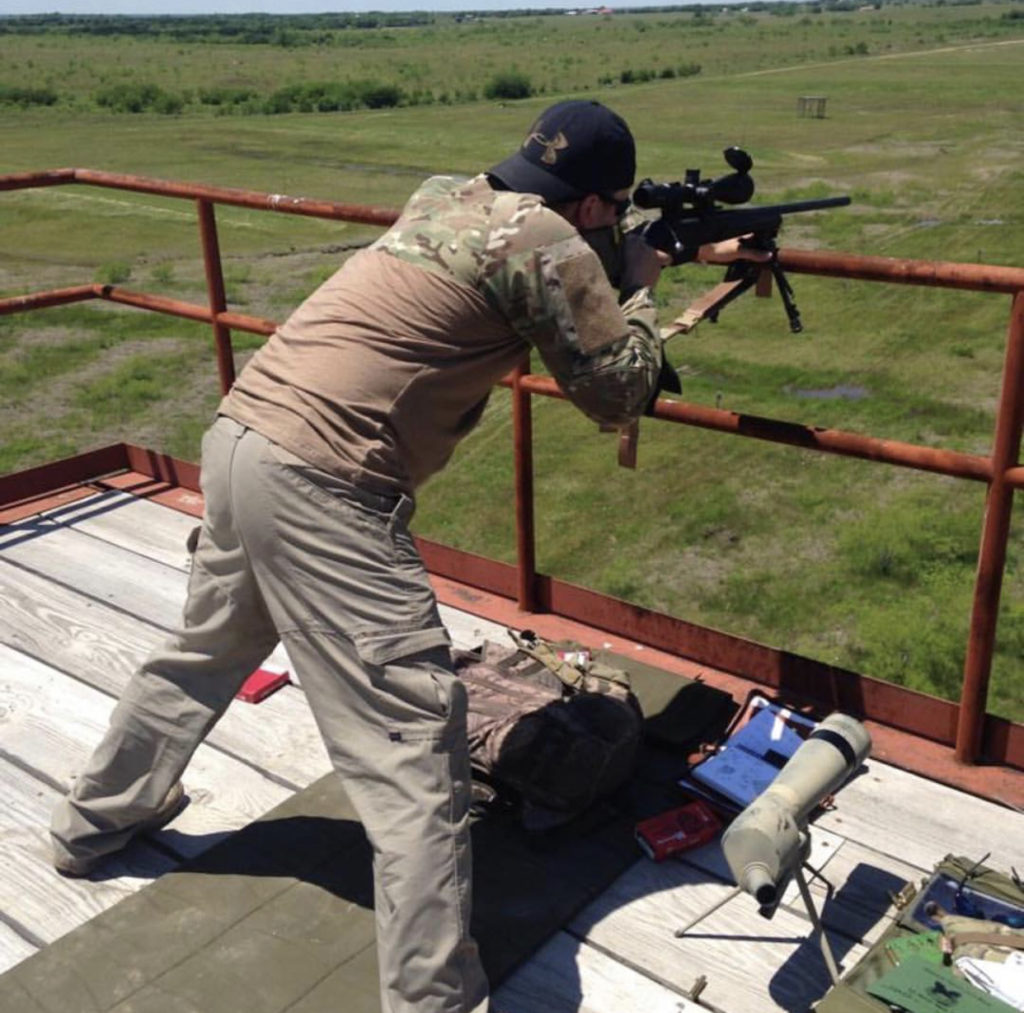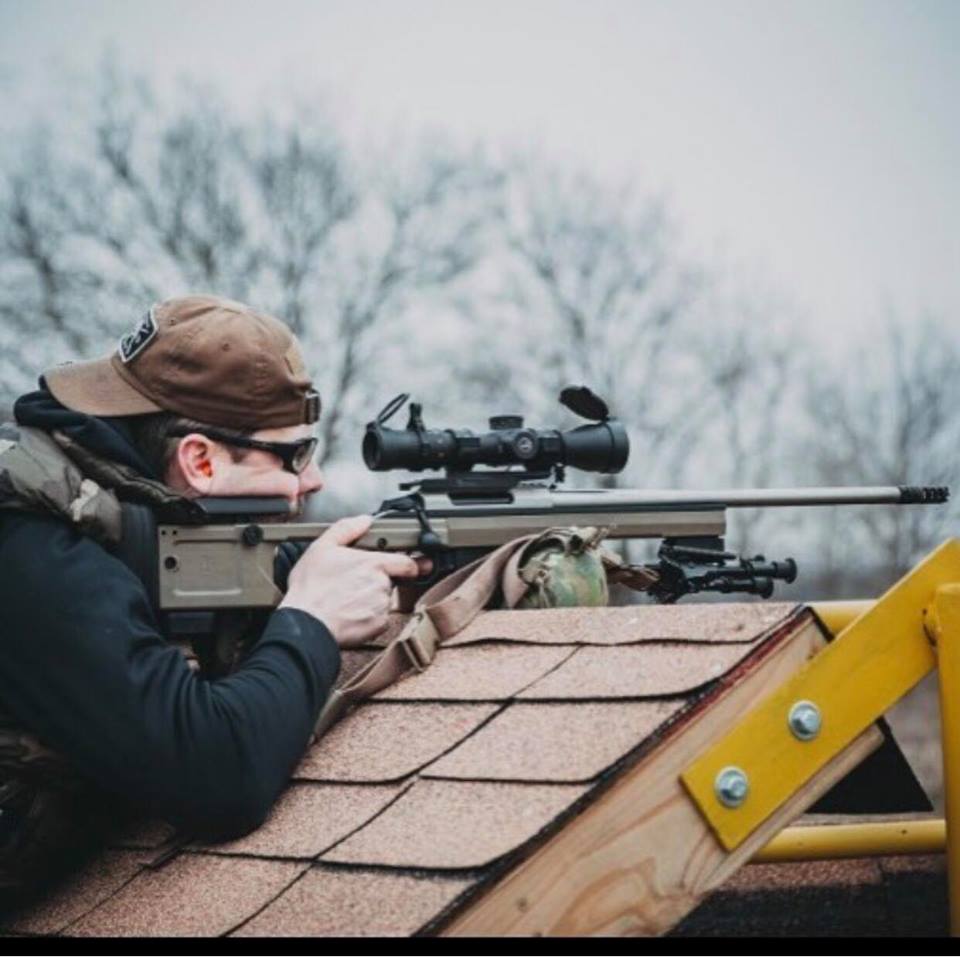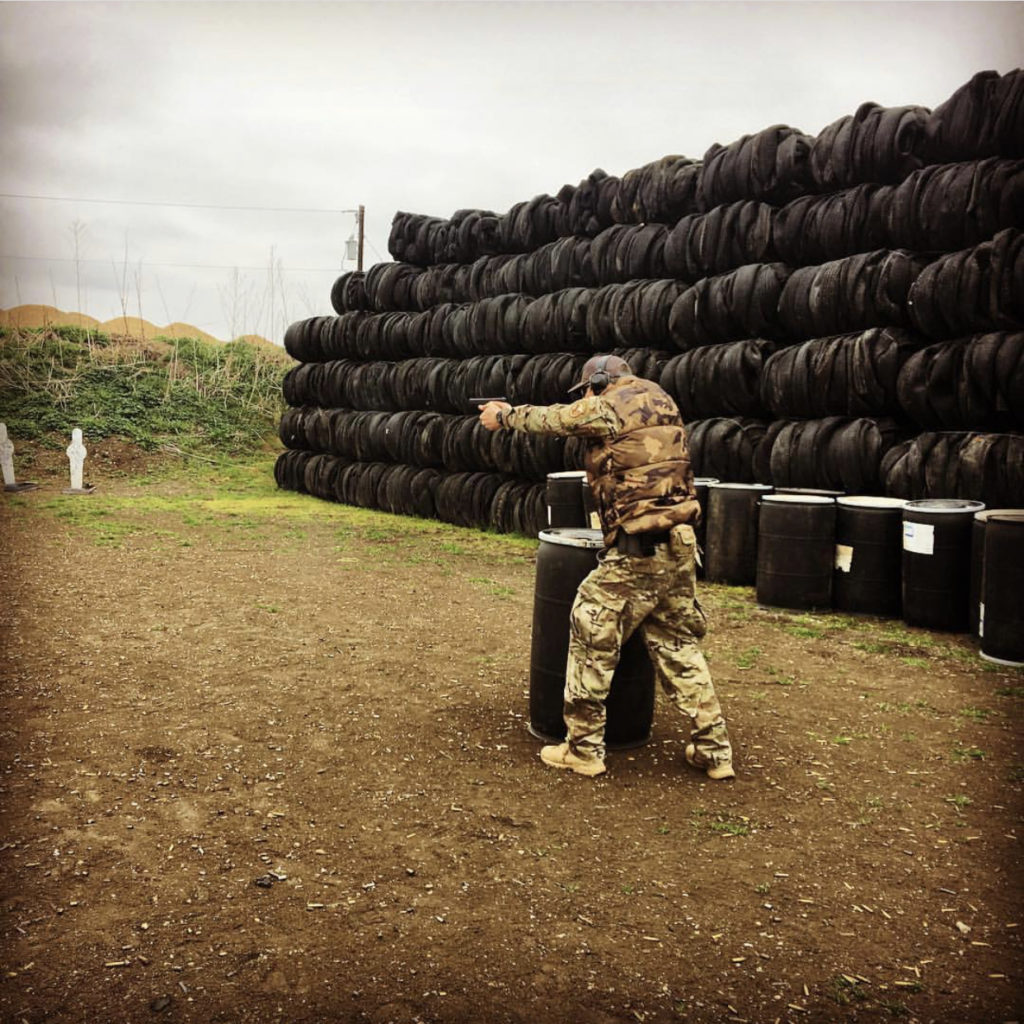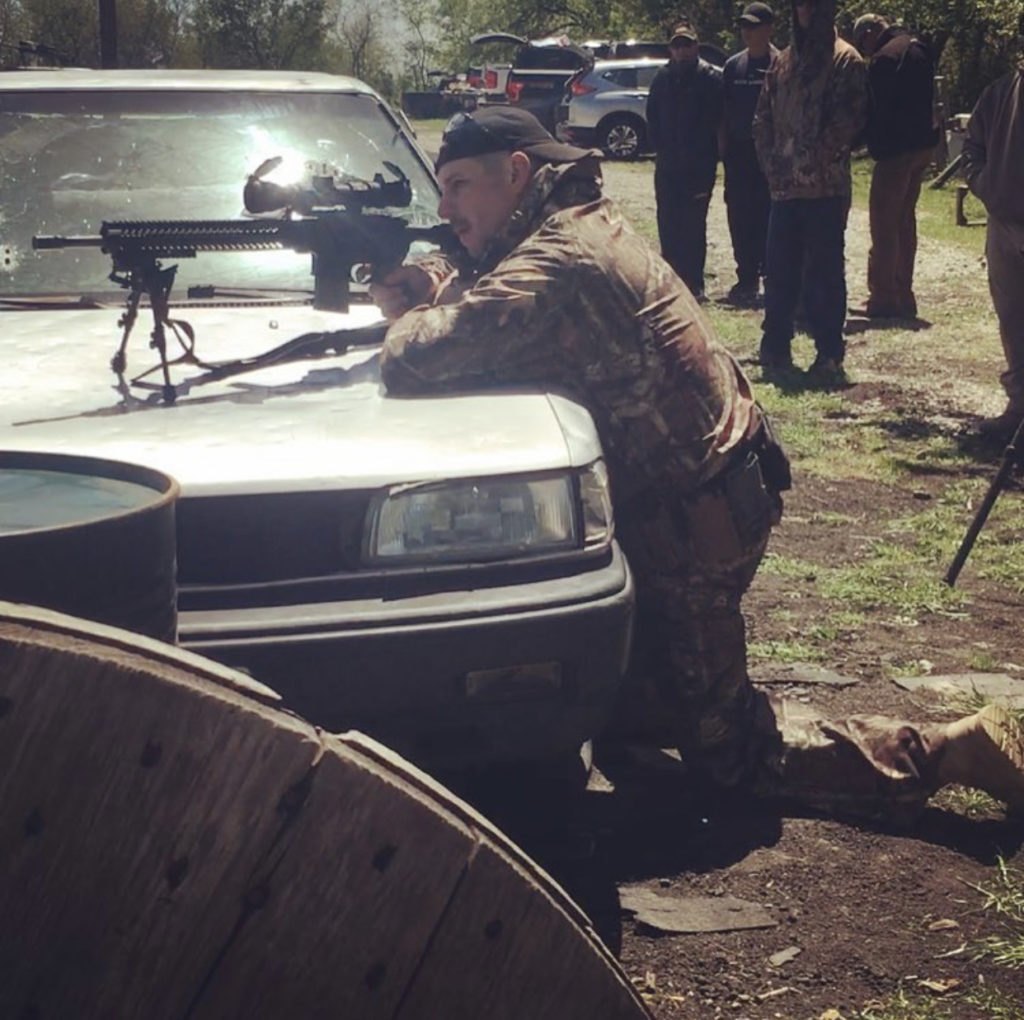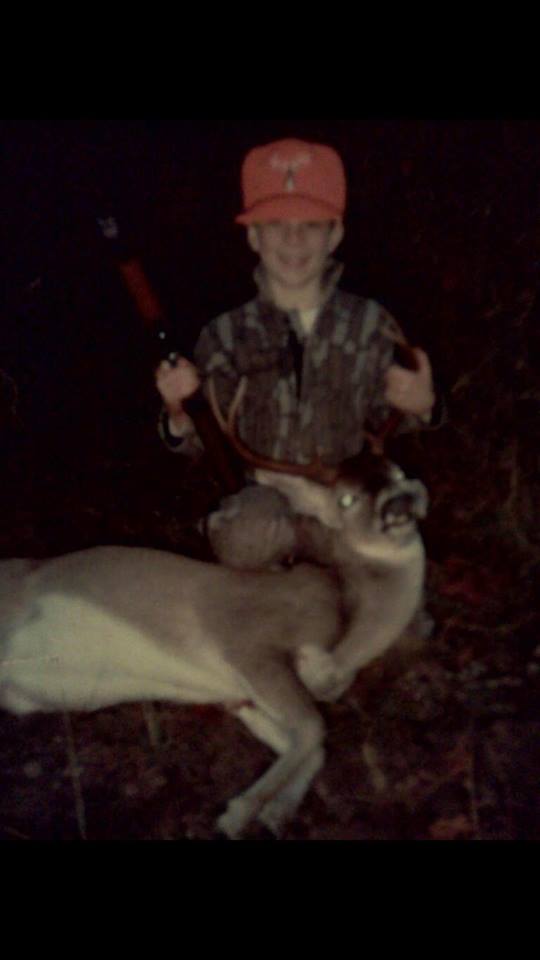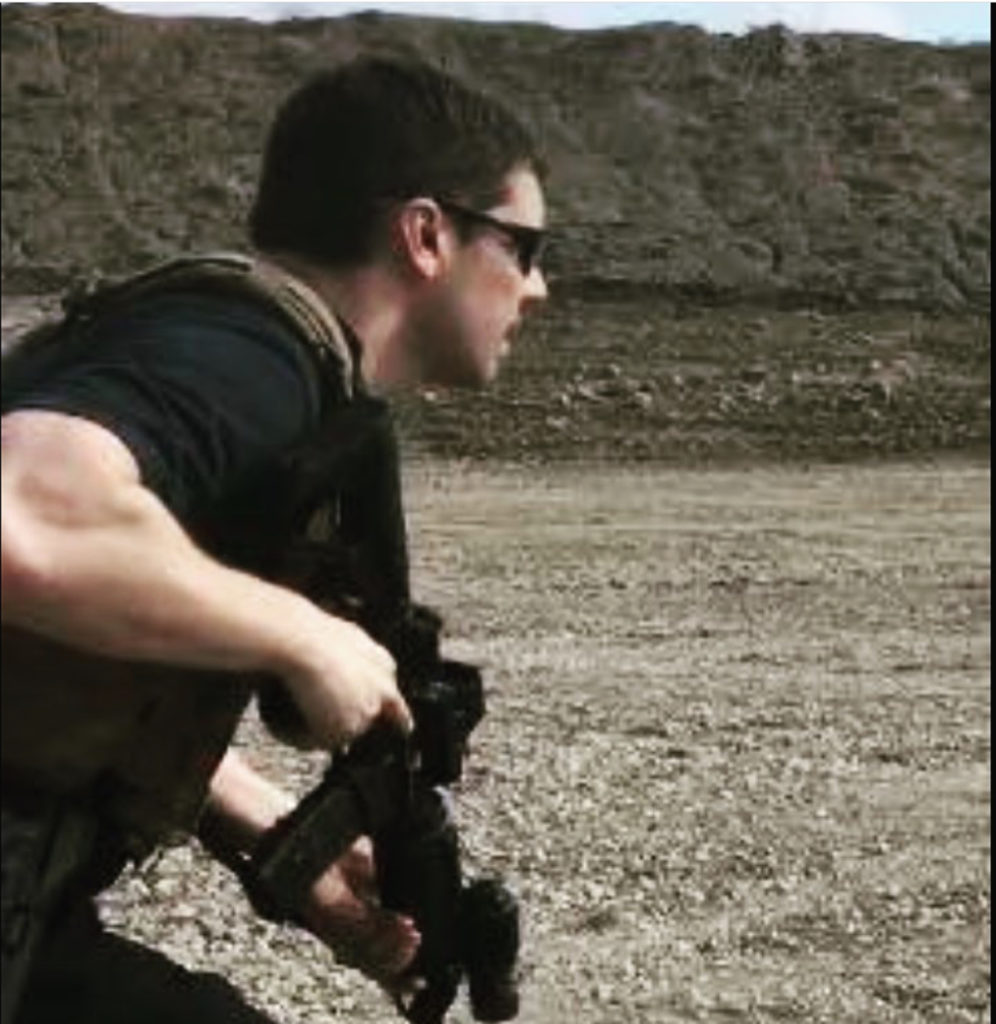You could go to your local shooting range and there rent all the equipment and you need. However, doing it like this is going to cost a premium, especially if shooting is one of your favorite hobbies.
Rather than going that route, it would be far better to build your own pack with all the gear needed for a trip to the shooting range. This way, you’ll not only save a huge sum of money, but look and feel the part of a safe, prepared, and skilled shooter.
Building the ultimate shooting range backpack is going to involve packing gear primarily centered around the categories of safety and maintenance.
Here’s a guide to help you build an awesome shooting range backpack you’ll be proud to walk into the range with.
Safety Gear for Your Shooting Range Backpack
It’s easy to be tempted into neglecting safety as a priority when you’ll only be shooting at a gun range. You figure there’s almost no chance anything could go wrong in such a controlled environment, and even if something were to go wrong, they should have the proper safety equipment to deal with the situation.
Take the initiative and be a responsible shooter, even if you see others at the range neglecting safety. Following proper gun range etiquette and having the right safety gear in your shooting range backpack is going to allow you to do so.
Here are a few safety essentials to keep in your pack.
Eye Protection
The right eye protection for the range isn’t going to be a cheap pair of safety goggles you might’ve bought for doing a little handyman project at work.
When buying a pair of shooting range glasses, you’ll want a pair that is durable, fits comfortably to your face shape, and provides ample eye cover.
By providing complete eye cover, you’ll be protected from the unexpected impact of fragments.
A comfortable, tight fit will ensure your glasses don’t come jarred off your face during your gun’s recoil. It’s also going to allow you to comfortably and closely view through your gun scope to take proper aim.
If your preferred local gun range is outdoors, make sure you pack a pair of sunglasses that meet similar specifications as mentioned already.
Hearing Protection
Often the most seemingly obvious points are the ones most important to hit on. The same is true when it comes to having the proper hearing protection in your shooting range bag.
Generally, sounds above 85 decibels are considered harmful to human hearing. Exposure to sounds over this level could lead to permanent hearing damage. The higher the decibel level, the shorter-term and less exposure needed for the noise to cause noise-induced hearing loss (NIHL).
Considering most firearms shoot in the range of 140 to even in excess of 175 decibels, the importance of protecting your hearing at the range cannot be understated.
Similar things as when choosing proper eye protection should be considered. Proper ear protection is going to be durable, comfortable, and tight-fitting. This way your earmuffs also won’t come off during your gun’s kickback.
Check the noise reduction rating (NRR) on any ear protection you’re considering buying to make sure it’s sufficient for the range.
Pack Equipment Servicing Gear
No matter how well-maintained you keep your guns and other shooting gear, there’s always the possibility that you’ll have to do some at-the-range fine-tuning or servicing. This is especially true if you’ll be spending the whole day shooting.
In either case, you should always have proper gun cleaning and maintenance gear included in your shooting range backpack.
Gun Tuning and Maintenance
Keeping your guns in safe operating condition is a job primarily done before making a trip to the range. Still, once at the range, as you inspect your aiming and shooting equipment before firing it, you may see the need to make some minor adjustments.
In this case, it’s good to carry some basic tools such as a:
- Scope level for aiming adjustments
- Multi-bit screwdriver
- Allen wrench/key set
- Multitool
- Gun vise for securing your gun as you service it
- Small part and tool organizing tray so you can keep track of your tools and gun parts if you do need to take it apart
Gun Cleaning Kit
Each time you fire your gun, trace amounts of metallic residue from your ammunition are deposited in your gun’s barrel.
This is caused by the friction that comes from the high-speed rubbing of the softer metal the ammunition is made of against the harder metal your gun’s bore. This effect is called gun fouling.
This is why, to keep your gun in optimum condition, not just for firing, but to last a long time, you’ll want to keep it clean.
Malfunction prevention is the primary reason to do so. Another reason is that gun fouling can severely affect your gun’s accuracy, especially on precision rifles. A third reason to keep your guns clean is to save you from wasting the potentially thousands of dollars you’ve spent on your gun and firing equipment.
Primarily, this is a job done at home. Still, especially if you’ll be engaging in an extended firing session, it’s wise to keep a gun cleaning kit in your shooting range backpack.
A good kit is going to include:
- Brass cleaning rods
- Brass bore brushes
- Metal toothbrushes
- Cotton cleaning brushes/mops
- Bore light
- Bore snakes
- Bore lubricating oil and solvent
Just make sure your cleaning equipment is adapted to fit your guns’ specific caliber(s).
A Better Pack Means a Better Experience
Now that your shooting range backpack is fully stocked, you should be ready to hit the range for a fun, inexpensive, and most importantly of all, safe shooting experience.
For more tips on gun range safety and etiquette, more gear and purchase guides, and anything else shooting related, check out our blog. Whether you’re a long-time shooter with plenty of range experience or someone just looking to get started with this new, admittedly sometimes intimidating hobby, there’s sure to be something in it for you.
If you are a beginner to the range, or maybe shooting in general, see if there’s an instructor near you. They’ll teach you how best to use the gear that will make up your range pack and how to be a safe, skillful shooter.
